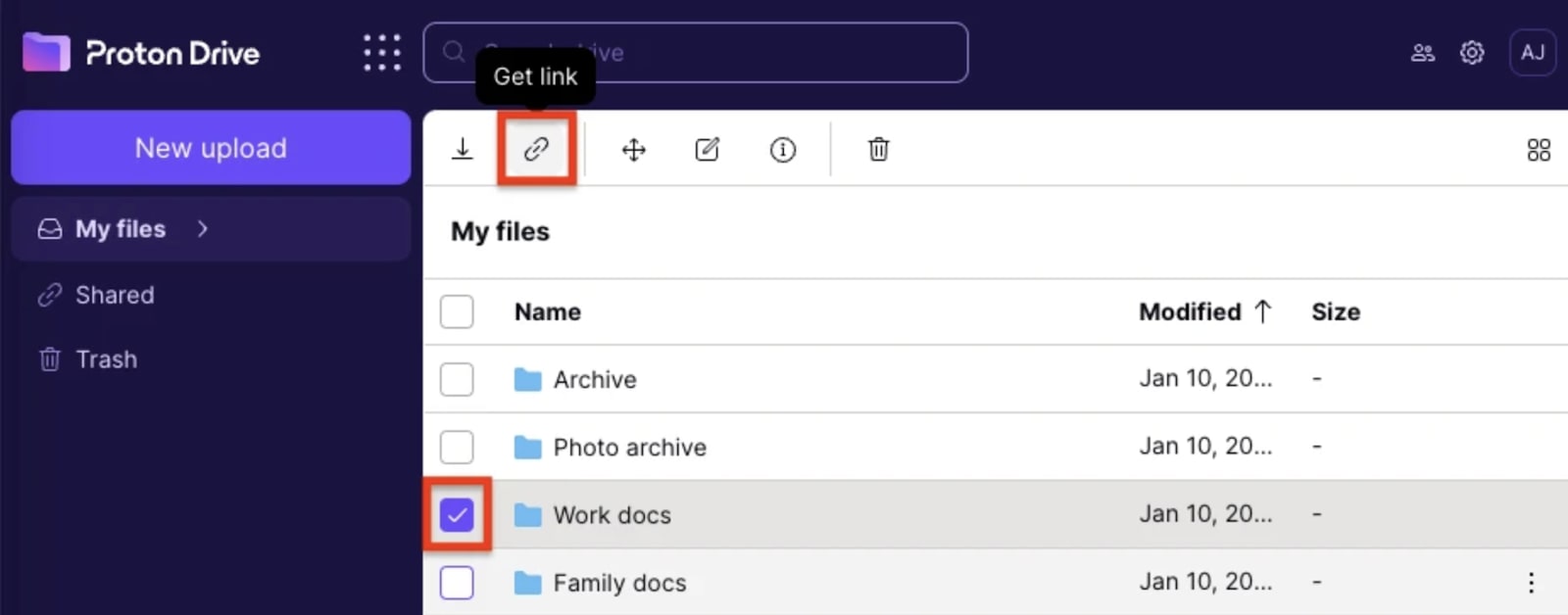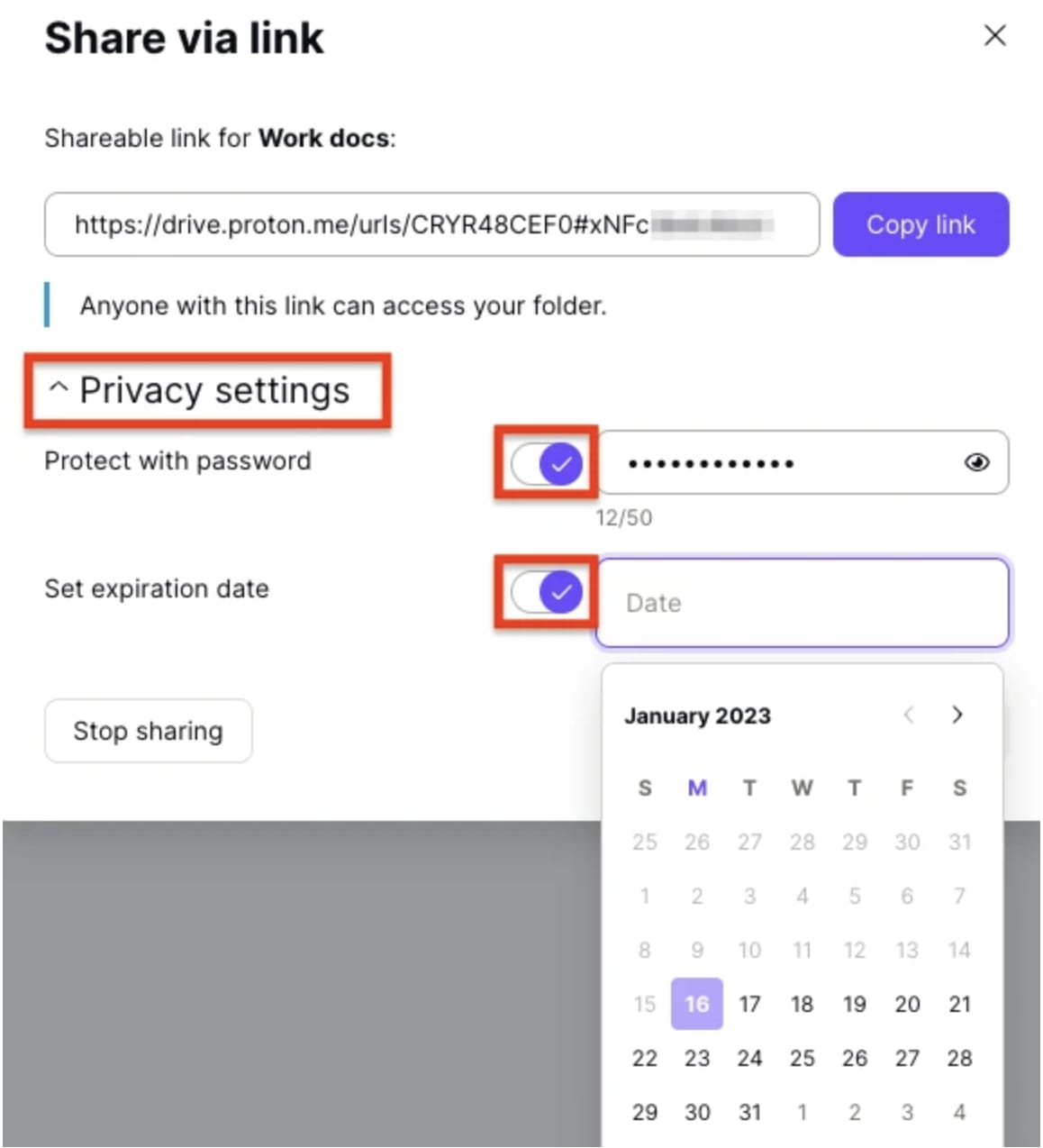When you’re emailed an important document, like a completed contract or a bank statement, it usually comes as a PDF. If you’re sending a PDF that contains sensitive information, you should try to prevent it from being accessed by unauthorized parties. There are dozens of ways to protect your PDFs, but not all of them are easy.
This article explains the four simplest ways to password protect a PDF for free on both PC and Mac.
Why protect PDFs with a password?
Adobe invented the PDF, or “Portable Document File”, in the early days of the internet and controlled the format as a proprietary file type until 2008. Now that the PDF is an open standard, there are many apps available to create, manage, and protect PDFs.
PDFs are not secure by default. When you create and share a PDF, anyone can access its contents and metadata. This can be a problem for some use cases. For example, the PDF is one of the preferred formats for handling important documents.
Here are some instances when you might want to protect your PDF with a password:
- When sharing PDFs that contain sensitive data, such as contracts, identity documents, or banking information
- When storing PDFs on an internal file server that contain sensitive information that not everyone has authorization to access
- To prevent someone from altering the contents of the PDF, you can set a password to restrict permissions (though, as we’ll show below, these permissions can be easily bypassed)
- When you need to comply with privacy laws, such as HIPAA or GDPR, which require encryption for personal health information
- To encrypt a PDF with a digital signature, authenticating that version of the document
How PDF password protection works
All PDF apps provide a built-in method to set a user password and an owner password. While the names sound the same, these two configurations do two very different things.
- User passwords encrypt the PDF with 256-bit AES encryption and require the password to open the document. A user password can encrypt either the contents of the document or the contents and the metadata, such as the file size and file name. The user password is also sometimes known as a “document open password”.
- Owner passwords do not encrypt the PDF but rather set certain permissions for what can be done with the document, such as printing, editing, and copying. There is no guarantee that another user’s PDF software will respect those restrictions. The owner password is also sometimes called a “permissions password” or “master password”.
A few notes on PDF password security
As we mentioned above, it’s important to notice the difference between a user password and an owner password. Configuring an owner password alone won’t encrypt the document or prevent others from opening it. Only setting a user password will encrypt your PDF.
Second, even if you do set a user password, your PDF security is only as strong as your password. To create a strong password, we recommend using an open-source password manager to generate random strings while securing your password manager with a passphrase that only you know.
Finally, PDFs protected by passwords have been shown to be vulnerable to attacks. Security researchers in 2019 discovered that the encryption methods of 27 of the most widely used PDF viewers can be bypassed(ventana nueva) using two relatively simple techniques.
Whether you are concerned about these security vulnerabilities depends on your threat model, but you can easily enhance the security of your PDFs by using Proton Drive to store and share your files. We’ll show you how to do this in the next section.
How to password protect a PDF
Here are four easy ways to protect your PDFs with a password:
1. Use the Adobe web tool to add a user password
Even though Adobe no longer has a monopoly on the PDF format, it still produces one of the most widely used PDF management apps, Adobe Acrobat.
If you have a PDF you want to encrypt with a password, you can do so for free using their drag-and-drop web tool:
- Visit https://www.adobe.com/acrobat/online/password-protect-pdf.html(ventana nueva)
- Drag and drop a PDF onto the web page or click Select a file to choose one from your device.
- Set a password that users will be required to enter to view the PDF. Then click Set password.
- Download the PDF.

This method does not encrypt metadata and uses the previously-discussed more vulnerable form of encryption that can be bypassed. It also does not set any permissions.
2. Use advanced password protection in Adobe Acrobat
Adobe Acrobat allows you to set both a user password that encrypts the document and an owner password to manage document permissions. We’ll explain the steps for both options.
How to encrypt your PDF with a password:
1. Open the PDF in Acrobat and go to Tools → Protect → More Options → Encrypt with Password.
2. Under Document Open, check the box next to Require a password to open the document. Enter a strong and unique password.

3. Under Options, select the version of Acrobat that will be required to open the document. Acrobat X uses the strongest type of encryption, and this version was released in 2010, so this version is recommended.
4. Then select what you want to be encrypted: the contents or the contents and metadata.

5. Click OK.
This method is vulnerable to attacks that break encryption.
How to set PDF permissions with a password:
1. Open the PDF in Acrobat and go to Tools → Protect → More Options → Encrypt with Password.
2. Check the box next to Restrict editing and printing of the document.

3. Configure the permissions you want to grant to people who know the password. Document editing is restricted already, but you can further prevent people from printing your PDF, making certain changes, or copying its content.
4. Set a password and then click OK.
This method does not encrypt the document or restrict others from viewing the document. Third-party PDF apps can also bypass your permission restrictions.
3. Password protect a PDF in Preview on Mac
Preview is the default PDF management software if you use a Mac device. Here’s how to protect PDFs with a password in Preview:
1. Open the PDF in Preview and go to File → Export.
2. Click Permissions.

3. If you want to encrypt the document, check the box next to Require Password To Open Document and set a user password.
4. If you want to require the owner password to make changes to the document, leave all the boxes under Permissions unchecked. If you want to allow some permissions without needing the owner password, check the boxes next to the permissions you want to allow.
5. Under Owner Password, choose a password. (If you also set a password to open the document, your owner password can be the same or different.)
6. Click Apply.
This method is vulnerable to one of the attacks discovered in 2019 that breaks encryption. Third-party PDF apps can also bypass your permission restrictions.
4. Password protect a PDF for sharing using Proton Drive
Another way to password protect a PDF for free is to store it on Proton Drive and share it using a secure, password-protected file-sharing link.. You can do this in addition to the methods listed above.
Proton Drive is an encrypted file storage service that lets you upload and securely store any type of file. Your files are stored on our servers using end-to-end encryption, meaning only you can access them. Once your files are uploaded to Proton Drive, you can manage them from anywhere on any device, including your web browser or your iPhone(ventana nueva) or Android(ventana nueva).
Share your files with others by uploading them to Proton Drive and generating a shareable link. When you create the shareable link, you can add a password to protect your file.
The benefit of using Proton Drive instead of, or in addition to, the built-in PDF password protections is that your file will not be vulnerable to the weaknesses inherent in PDF encryption. Proton Drive uses battle-tested cryptographic standards and end-to-end encryption so that no one, not even Proton, can access your files without your permission.
Here’s how to password protect your PDFs or any other files using Proton Drive on your web browser:
For instructions for iPhone or Android, visit our Support page on password-protected file sharing.
1. Create a free Proton Drive account or log in to your Proton account and go to drive.proton.me(ventana nueva).
2. Go to My files, select the file or folder you want to share, and click the Get link icon. (You can’t select multiple files or multiple folders to share with a single link. But you can place multiple files and folders into another folder and then share that folder with a link.)

3. A box will pop up with your shareable link. Click Privacy settings, turn on the Protect with password switch, and enter a password. Anyone with this password will be able to decrypt your file.

4. For additional privacy, you can turn on the Set expiration date switch and choose a date after which the file will no longer be accessible via the shareable link.
5. Click Save when you’re done. Then click Copy link and share it with your recipient(s).
The most secure way to share a password with someone is face to face. Depending on your threat model, you can also communicate a password using a password manager or encrypted email. With a free Proton Mail account, emails to other Proton Mail users are end-to-end encrypted so that no one, not even Proton, can read your message. You can also set the email to self-destruct. Keep in mind that short or otherwise weak passwords can be easily hacked, so make sure to set a strong password.
Adobe Acrobat and other PDF viewers will allow you to set passwords that encrypt your document for secure sharing. But there are known security vulnerabilities with these built-in encryption methods. A more secure way to share a PDF is to store it in your end-to-end encrypted Proton Drive and generate a password-protected shareable link.
Any end-to-end encrypted cloud storage service that can generate file-sharing links, such as Proton Drive, is an easy way to share PDFs and other files, including large files, for free. With Proton Drive, your files will be end-to-end encrypted, and you can access them from anywhere, including from the web or our mobile apps. You can generate a shareable link to your PDF that can be opened by anyone, even if they don’t have a Proton Drive account.
Encrypting a PDF is an effective way to protect a file in its final state. But if you’re seeking to encrypt a document and still want yourself and others to be able to edit it, consider trying Docs in Proton Drive. With Docs, you can create and collaborate on documents that are end-to-end encrypted by default. This means that, whether you’re working on a new client contract, dealing with sensitive medical information, or simply want to write with guaranteed privacy, you can do so without compromising on your ability to collect edits, comments, and feedback from others.








